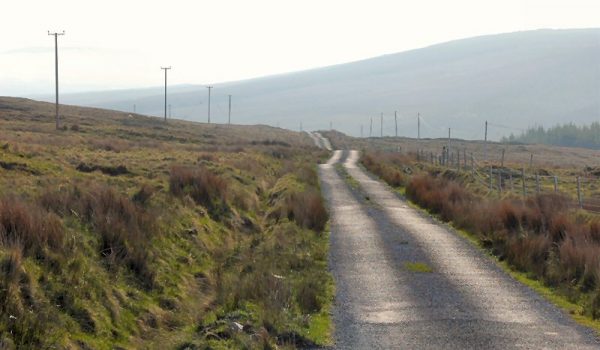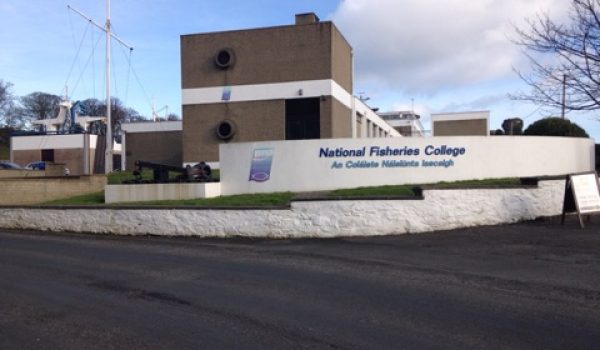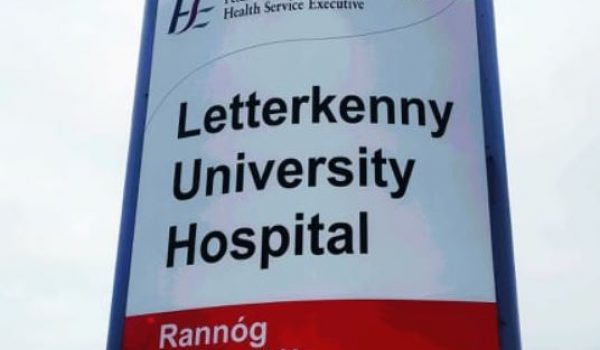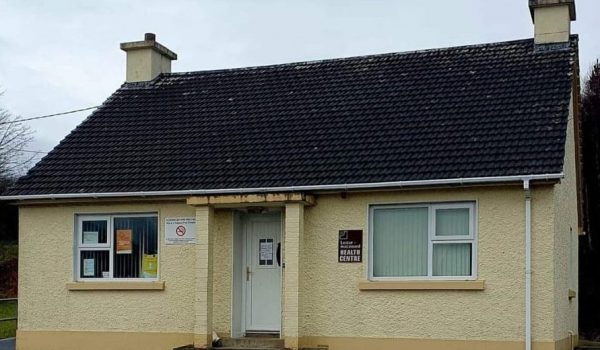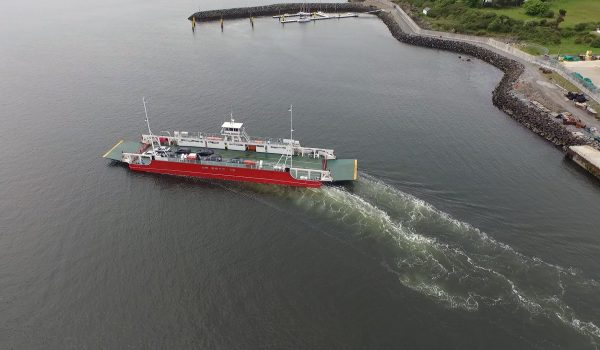
Donegal is continuing to recover from the unprecedented flooding that hit the county a year ago today.
On the evening of August 22nd last year, 77mm of rain fell in Donegal, making it the county’s wettest day in over 60 years.
Much destruction was caused by the localised flooding across the whole North West region with the Inishowen peninsula the worst hit.
Michaela Clarke compiled this special report:
Donegal County Council Statement in Full:
UPDATE ON AUGUST 2017 FLOODING – ONE YEAR ON
Housing Matters
Many families were displaced from their homes as a result of the flooding. Engagement with affected families continued in the aftermath, and assistance was provided by the Council and other relevant agencies, as required, on a case by case basis.
The key outstanding issue to be resolved pertains to the Council estate at Páirc an Ghrianán, Burnfoot. Alternative accommodation has been sourced for all the residents, either directly by, or with the support of the Council or by the residents themselves, depending on specific individual circumstances. The Council continue to engage with families as required.
It is planned to refurbish the houses in Pairc an Ghrianan for reoccupation. The timing of the refurbishment works will be finalised when the nature of the broader flood relief works required in the village becomes clearer. Funding was approved recently by OPW for the flood relief works in Burnfoot, which enables the design and planning of these works to progress.
Roads and Bridges
Public roads infrastructure was extensively damaged across the county, mainly in Inishowen, with many roads needing to be closed due to bridge collapses and landslides.
At one stage in the early morning of 23rd August North Inishowen was completely cut off from roads access from the main roads.
In the immediate aftermath the following major roads were closed:
– R238 north of Buncrana (Old Cockhill Bridge) – reopened to two way traffic on evening of 23rd August
– R238 between Drumfries (North Pole Pub) and Clonmany, reopened to two way traffic on evening of 23rd August
– R238 between Quigley’s Point and Muff (at Three Trees) – reopened to one way traffic 1 week later and new bridge constructed and opened to two way traffic on 7 September
– R240 between Quigley’s Point and Carndonagh (Riverside) – Opened to one way traffic on Tues 5 September after a Bailey Bridge was erected by the Defence Forces & the Council. A new bridge was then constructed and opened to two way traffic early October.
– R244 between Carndonagh and Drumfries, new bridge constructed and reopened to traffic early October.
– R240 between Quigley’s Point and Carndonagh (Glentogher) – roadside erosion, reduced to one way traffic for extended period. Short section of realignment completed by June 2018 and reopened to 2 way traffic.
Major bridge collapses also on local roads, some resulting in some smaller local communities being cut off from road access. Most could be circumvented by local diversions but some needed new bridging options.
The Council’s roads workers and engineers worked long hours to get roads reopened with minimal delay. The Council’s Engineering staff inspected all roads within two weeks of the flood event and compiled an inventory of damage across the county and estimated the repair works at €15.3m.
In the immediate aftermath the focus was primarily on reopening those major roads that were closed, reconnecting cut-off communities and compiling an overall picture of the extent of the damage and the likely cost of repairs.
As these immediate objectives got addressed the focus then moved to repairing damage. This work has been ongoing in the interim and is still continuing in tandem with our normal Annual Road Works Programmes.
The Department of Transport has provided all the necessary funding for repair of the public roads and bridges both in 2017 and 2018.
Flood Defences on Rivers
The OPW have now finalised its CFRAM Plan for the country and have approved a first tranche of flood defence schemes. In Donegal, these include main schemes on rivers in Burnfoot, Lifford and Castlefinn. There are other major schemes in the CFRAM Plan to provide flood protection in Buncrana and Carndonagh in the Inishowen area along with other towns such as Ballybofey/Stranorlar, Donegal Town, Letterkenny and Killybegs.
Parks and Open Spaces
The work on the Glenevin Waterfall by the local community has to be commended and they got the facility reopened earlier this year. Swan Park in Buncrana is a hugely important amenity in Buncrana for both locals and visitors. Work is still ongoing on securing government funding to construct the required restoration and repairs which is estimated to be near €2 million.
General
The Council acknowledge the huge cooperation and contribution of the local community in the aftermath of the flooding last August and in the past twelve months. Local communities have shown how resilient they can be and have served as an inspiration at times as to how to cope with difficulties. A lot has been done to repair damage and return facilities and to help people get back to their normal lives. There still remains some work to be done and plans are in place to do it. The work of Councillors and government representatives has helped in securing funds and priorities, and enabling special support schemes to be rolled-out to assist various people and sectors.
Podcast: Play in new window | Download
